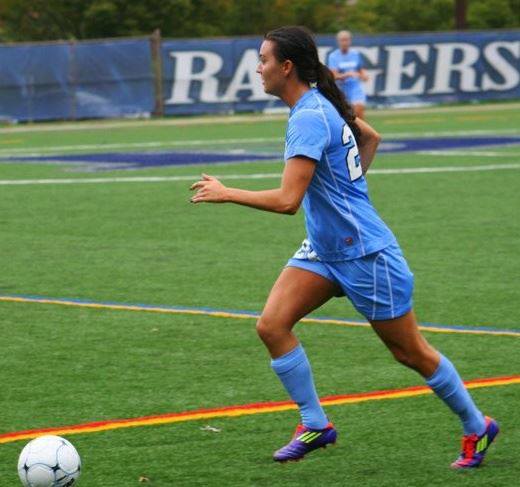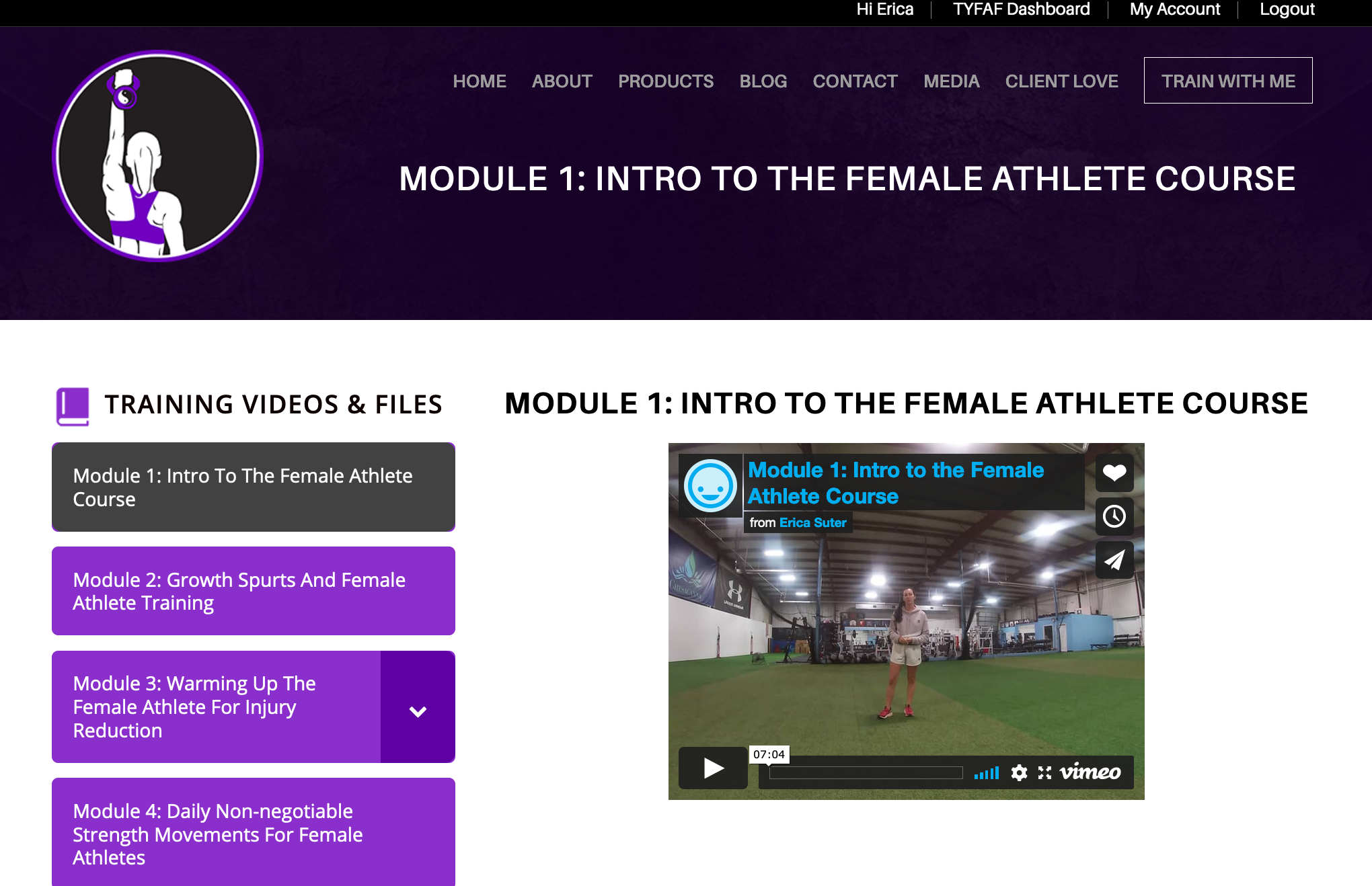
21 Oct Speed Training for Youth Athletes: No Need for Five Speed Trainers
Everyone wants their kid to be fast.
“His speed sucks!”
“My daughter doesn’t know her arms exist!”
“Her stride length is terrible!”
“My son gets beaten every time!”
And the complaints, moans, groans and grunts go on and on.
As a youth performance coach to hundreds of soccer players, I’m in love with speed training. Not because it’s amazing seeing my athletes bolt past defenders after years of hard work, well at least, that’s part of it.
The other reason is because I love how it is a long-term process, one that is multi-faceted – a blend of skill and technique work, proper work-to-rest time prescription, and strength and velocity-based training in the gym, with a side of patience in the growth and maturation process.

Expounding further, I’m a nerd when it comes to teaching the art of knee drive, ball of the foot strike, upright posture and eye gaze, and pristine arm action when it comes to optimizing speed.
I’m also a drill sergeant when it comes to reinforcing these patterns year-round. We do them every session in the warm-up. My athletes know this is the expectation, and it is to be relentlessly savage with the basics.
Too, I’m a tough love sheller when it comes to having conversations with parents who want speed overnight.
It’s funny because, most parents are quick to ask for speed for their child, yet they’re quick to exit a long-term speed development program when they see the work it takes.
Most parents are quick to ask for speed for their child, yet they're quick to exit a long-term speed development program when they see the work it takes. Share on XThe juxtaposition is a comical one, to say the least.
The we-want-speed-now coupled with the we-don’t-want-to-put-in-the-work mindset is a dangerous one. For two reasons.
For one, as track coach Tony Holler says, “speed grows like a tree.” It took four years for his athlete Alex Ruscitti to go from a 5.38 to 4.37 40 yard dash.
Four years.
Admittedly, I’m friends with a lot of high level track coaches, and I’m grateful how much they have taught me about speed development. They inspire me to continue to level up in my craft of teaching this powerful skill.
I mean, why not get soccer players close to being track runners? The majority of game changing actions happen off the ball – counterattacks, one versus one victories, diagonal runs behind the defensive seams – yeah, why not get soccer players bolting.
Too, if soccer players train to be fast off the ball, they’re fast on.
This is your wake-up call to get rid of the ball when you’re training for max speed. I want to see the correct positioning first, perfect in fact. I want to see athletes running at high velocity, against the clock, to the millisecond.
The ball is a distraction when training true speed.
The ball is a distraction when training true speed. Share on XUse it in the game.

Taking the conversation back to why the quick fix mindset is dangerous, my colleague track coaches have told me similar sentiments to Tony’s. It takes years for the best runners to improve their sprint times, so how long do you think it will take youth soccer players? Also years.
So if you are a part of the overnight speed crowd, this article isn’t for you, nor is true speed development for you either.
Yes, it’s a tough pill to swallow, but I urge you to ask yourself this question: am I willing to make speed training a priority to truly get better?
I’d be remiss not to mention the other reason why wanting instant results and rushing speed is a dangerous one. If we want our kids healthy, we’d take this process slowly so they reduce injury risk. Getting too advanced too soon, is a recipe for disaster. We have to address movement patterns first, clean up compensations, and hone in on coordination before we jump the gun.
If a young athlete cannot march, skip, and balance with ease, what makes you think they earn the right to loading up with a sled? Or strapping on a parachute? Or running in the Combine next week?
Alas, I digress.
Before everyone gets ahead of themselves and puts their 10-year-old child in the Manchester United speed program, they need to master the fundamental movements first.
These movements ensure they are stable in their trunks, balanced on single legs, coordinated and can perform with rhythm and speed, and are cleaner in their arm, knee, and foot strike mechanics.
You will find that these movements are simple, and I’m far, far from a used car sales woman when it comes to speed. There’s no gimmicks or gadgets needed.
To listen to the theory behind these daily and weekly non-negotiable movements, listen to EPISODE 14 OF THE SOCCER QUEENS PODCAST HERE.
Here are several movements all youth athletes need to do daily and weekly non-negotiable. No need for five speed trainers. Master these first.
1. Crawl
2. March
3. Skip and High Knees
4. Hop
5. Sprint
Listen to the full Episode 14 of the Soccer Queens Podcast to get specific sets and reps and work-to-rest times for all of these movements.
Take the time to work on speed.
Our young athletes deserve it.
GET THE STRONG FEMALE ATHLETE BOOK, A SCIENCE-BASED APPROACH TO REDUCE INJURY, IMPROVE PERFORMANCE AND INCREASE CONFIDENCE IN FEMALE ATHLETES HERE

Get the TOTAL YOUTH SOCCER FITNESS EBOOK ON SALE FOR JUST $19 HERE

Get the industry’s best speed timing system to improve speed HERE
COACHES:
Get the Total Youth Female Athlete Fitness video course to learn how to teach female athletes strength technique, speed, and change of direction mechanics for injury reduction and performance, as well as learn about growth and maturation considerations, menstrual cycle, nutrition, and so much more HERE



No Comments